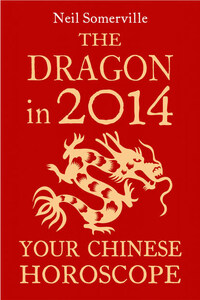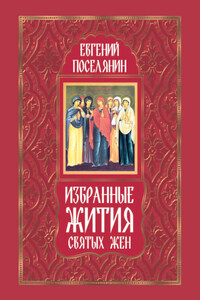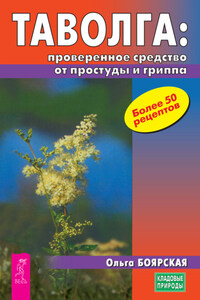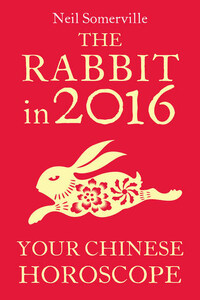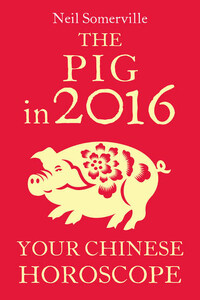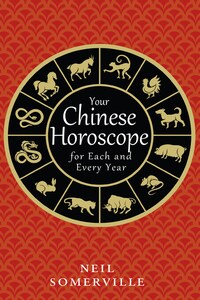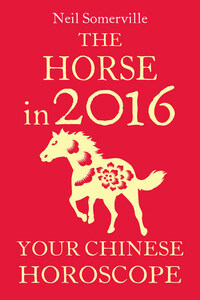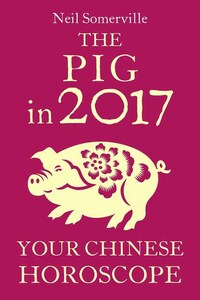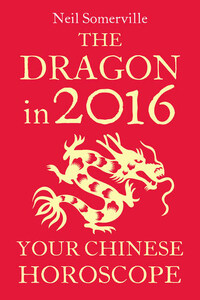Neil Somerville is one of the leading writers in the West on Chinese horoscopes. He has been interested in Eastern forms of divination for many years and believes that much can be learned from the ancient wisdom of the East. His annual book on Chinese horoscopes has built up an international following and he is also the author of What’s Your Chinese Love Sign? (Thorsons, 2000; HarperElement, 2013), Chinese Success Signs (Thorsons, 2001) and The Answers (Element, 2004).
Neil Somerville was born in the year of the Water Snake. His wife was born under the sign of the Monkey, his son is an Ox and daughter a Horse.
As we march through life,
we each have our hopes, our ambitions and our dreams.
Sometimes fate and circumstance will assist us,
sometimes we will struggle and despair,
but march we must.
For it is those who keep going,
and who keep their aspirations alive,
who stand the greatest chance of securing what they want.
March determinedly,
and your determination will, in some way, be rewarded.
Neil Somerville
In writing Your Chinese Horoscope 2014 I am grateful for the assistance and invaluable support that those around me have given.
I would also like to acknowledge Theodora Lau’s The Handbook of Chinese Horoscopes (Harper & Row, 1979; Arrow, 1981), which was particularly useful to me in my research.
In addition to Ms Lau’s work, I commend the following books to those who wish to find out more about Chinese horoscopes: Kristyna Arcarti, Chinese Horoscopes for Beginners (Headway, 1995); Catherine Aubier, Chinese Zodiac Signs (Arrow, 1984), series of 12 books; E. A. Crawford and Teresa Kennedy, Chinese Elemental Astrology (Piatkus Books, 1992); Paula Delsol, Chinese Horoscopes (Pan, 1973); Barry Fantoni, Barry Fantoni’s Chinese Horoscopes (Warner, 1994); Bridget Giles and the Diagram Group, Chinese Astrology (HarperCollinsPublishers, 1996); Kwok Man-Ho, Complete Chinese Horoscopes (Sunburst Books, 1995); Lori Reid, The Complete Book of Chinese Horoscopes (Element Books, 1997); Paul Rigby and Harvey Bean, Chinese Astrologics (Publications Division, South China Morning Post Ltd, 1981); Ruth Q. Sun, The Asian Animal Zodiac (Charles E. Tuttle Company, Inc., 1996); Derek Walters, Ming Shu (Pagoda Books, 1987) and The Chinese Astrology Workbook (The Aquarian Press, 1988); Suzanne White, The New Astrology (Pan, 1987), The New Chinese Astrology (Pan, 1994) and Chinese Astrology Plain and Simple (Eden Grove Editions, 1998).
The origins of Chinese horoscopes have been lost in the mists of time. It is known, however, that oriental astrologers practised their art many thousands of years ago and even today Chinese astrology continues to fascinate and intrigue.
In Chinese astrology there are 12 signs named after 12 different animals. No one quite knows how the signs acquired their names, but there is one legend that offers an explanation. According to this legend, one Chinese New Year the Buddha invited all the animals in his kingdom to come before him. Unfortunately, for reasons best known to the animals, only 12 turned up. The first to arrive was the Rat, followed by the Ox, Tiger, Rabbit, Dragon, Snake, Horse, Goat, Monkey, Rooster, Dog and finally Pig. In gratitude, the Buddha decided to name a year after each of the animals and that those born during that year would inherit some of the personality of that animal. Therefore those born in the year of the Ox would be hardworking, resolute and stubborn, just like the Ox, while those born in the year of the Dog would be loyal and faithful, just like the Dog.
In addition to the 12 signs of the Chinese zodiac there are five elements and these have a strengthening or moderating influence upon the signs. While it is not possible that everyone born in a particular year can have all the characteristics of the sign, it is incredible what similarities do occur, and this is partly where the fascination of Chinese horoscopes lies.
To find out which sign you were born under, refer to the Chinese Year tables. As the Chinese year is based on the lunar year and does not start until late January or early February, it is particularly important for anyone born in those two months to check carefully the dates of the Chinese year in which they were born.
Also included, in the appendix, are two charts showing the compatibility between the signs for personal and business relationships and details about the signs ruling the different hours of the day. From this it is possible to locate your ascendant and, as in Western astrology, this has a significant influence on your personality.
In writing this book I have taken the unusual step of combining the intriguing nature of Chinese horoscopes with the Western desire to know what the future holds, and have based my interpretations upon various factors relating to each of the signs. Over the years in which
